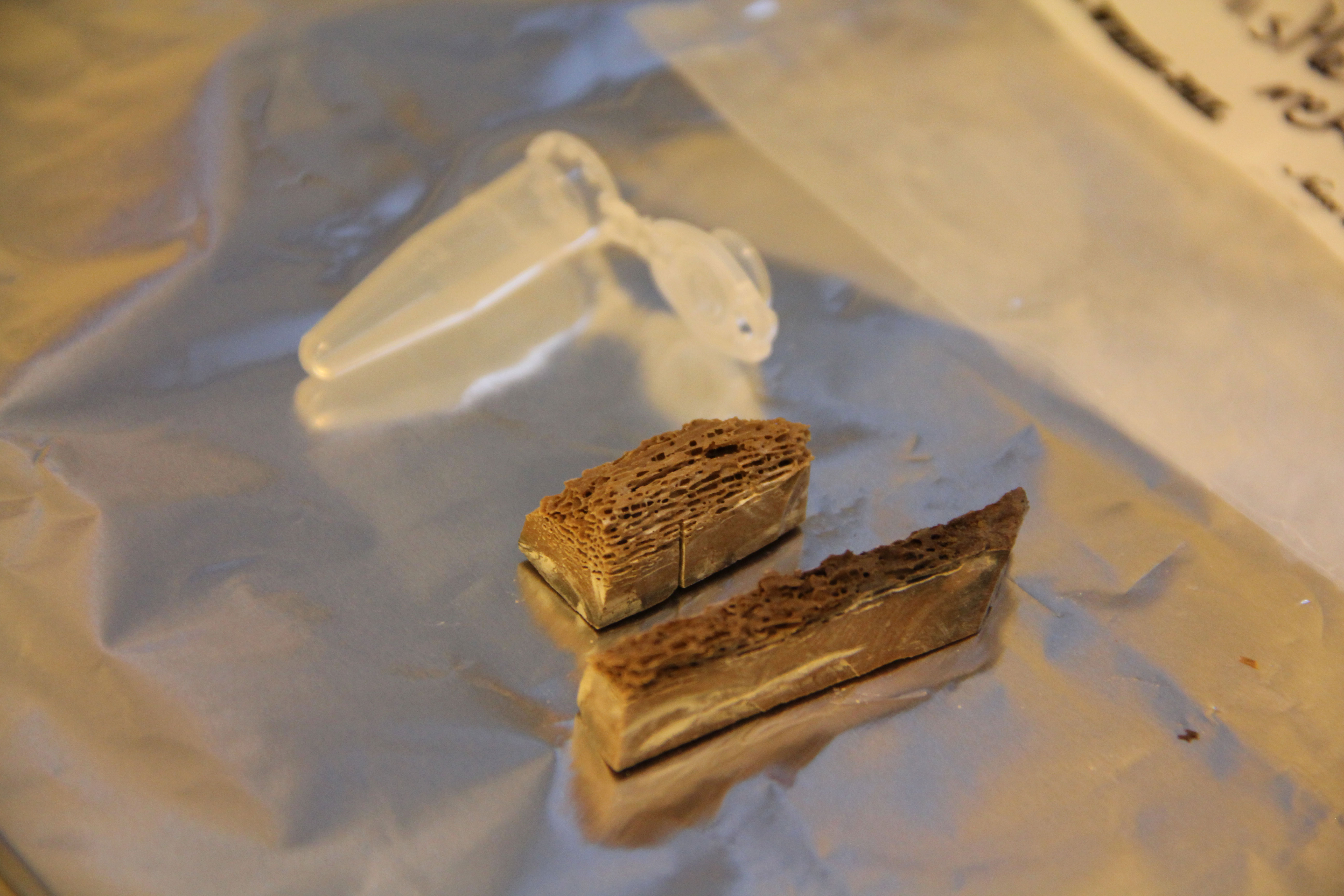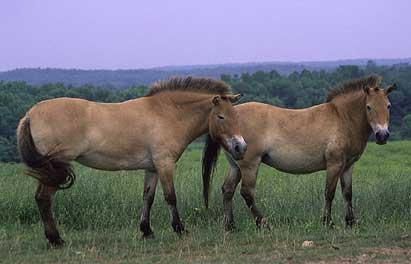Sequencing the genome of a 700,000 year old horse
2013/06/27 Galarraga Aiestaran, Ana - Elhuyar Zientzia Iturria: Elhuyar aldizkaria

The bone DNA of a frozen horse in the Arctic permafrote has become the oldest genome sequenced so far. It is estimated that it is between 780,000 and 560,000 years old, and to date, the man of Denisova, is about 80,000 years old.
The research has been carried out in collaboration with the GeoGenetics Center of the University of Copenhagen and the results have been published in the journal Nature. The researchers have explained that although the bone is broken, the genome was in a pretty good state, which has allowed to read the entire genome.
In addition, they wanted to investigate the evolution of horses by comparing the genome sequenced with that of other horses: a horse of Przewalski (the only wild horse that is currently preserved), horses of five domesticated races and a donkey.
Hence it follows that the last common predecessor of the species of current and the missing were living 4 million years ago, 2 million years before what was thought so far. On the other hand, the genome of the horse Przewalski has found a quite high genetic variability, which, according to the researchers, can be key to the survival of the species.
According to the experts, the importance of research is not limited to those. In fact, for sequencing, the existing technology has been improved to date. From now on, these improvements are expected to be used in fossils of other species and do not rule out that they are capable of sequencing the genomes of Homo heidelbergensis and Homo erectus. Finding your fossils in the permafry will be the most difficult, but there is no doubt that it would be a great step to understand the evolution of our species.
Gai honi buruzko eduki gehiago
Elhuyarrek garatutako teknologia





